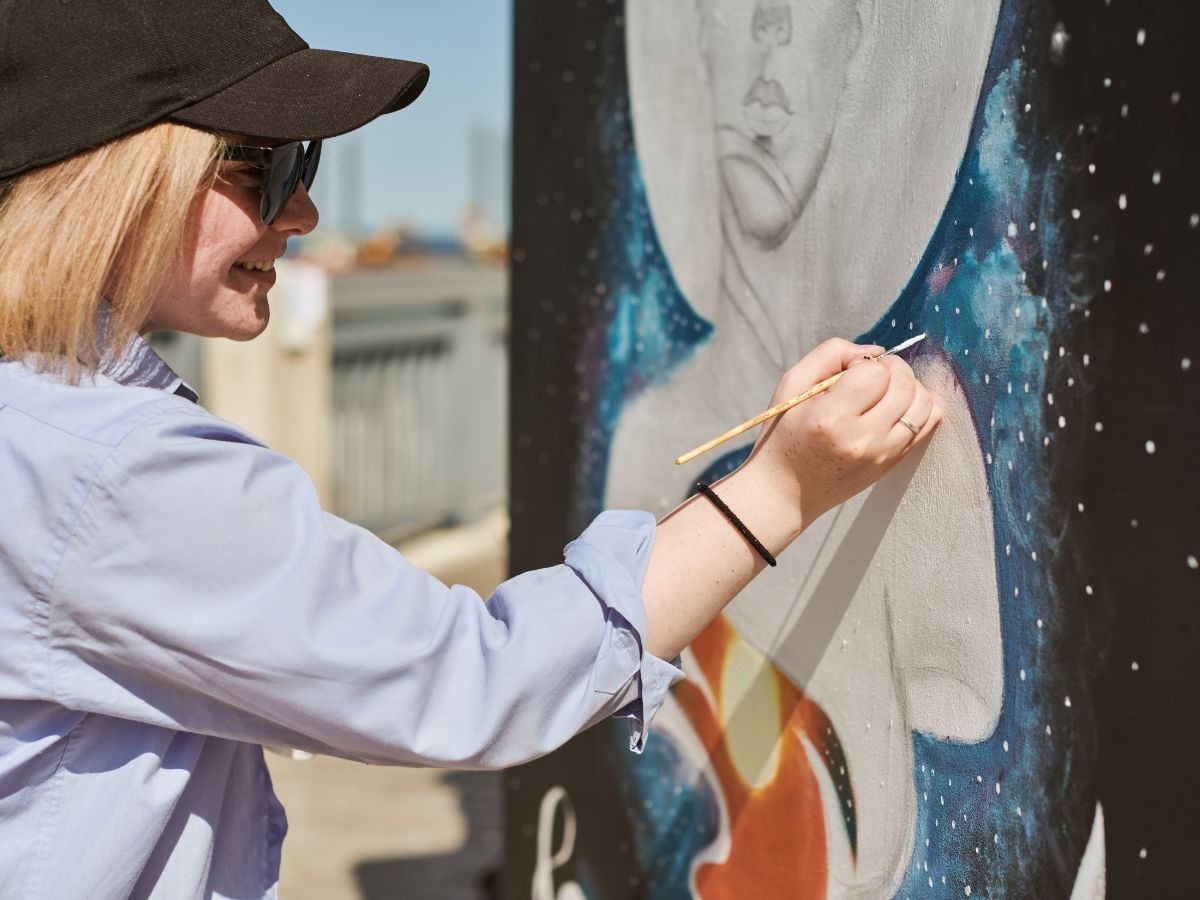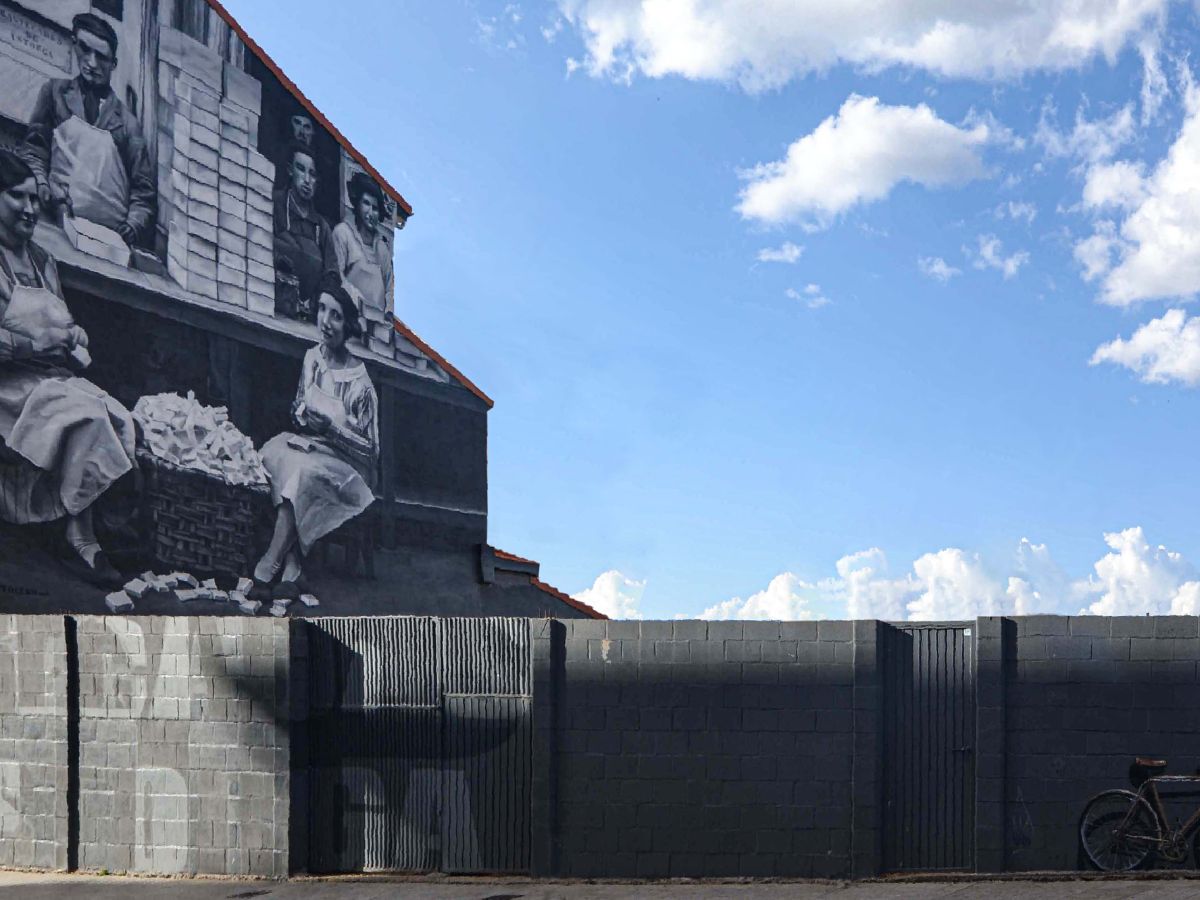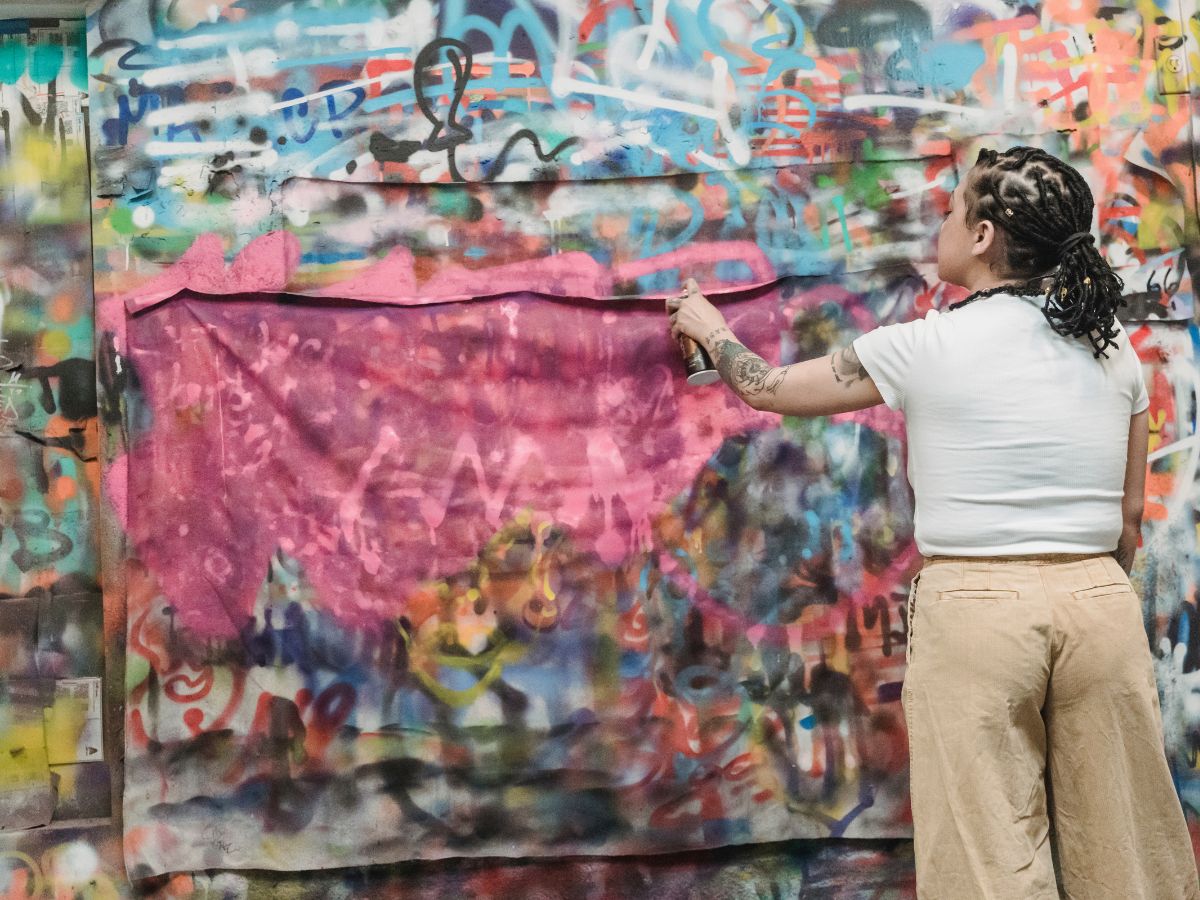
7 Ways on How Muralists Manage Weather-Related Delays
Creating a mural is a labor of love, blending artistic vision with the practicalities of outdoor execution. One of the most unpredictable challenges muralists face is the weather. Rain, wind, extreme temperatures—they all have the potential to disrupt timelines and affect the quality of the artwork. So, how do muralists keep their projects on track when Mother Nature has other plans? Let’s explore some tried-and-true strategies.
1. Meticulous Planning and Scheduling
Before the first brush stroke, seasoned muralists study local weather patterns to identify optimal painting windows. By scheduling weather-sensitive tasks during periods historically known for stable conditions, they minimize the risk of interruptions. This proactive approach is similar to the construction industry’s practice of planning weather-dependent activities during favorable seasons to avoid delays.
2. Flexible Workflows
Despite the best-laid plans, weather can be unpredictable. Muralists often develop flexible workflows, allowing them to switch to indoor tasks—such as preparing materials or working on design elements—when outdoor work isn’t feasible. This adaptability ensures that progress continues, rain or shine.
3. Using Protective Measures
To combat sudden weather changes, muralists may employ protective coverings like tarps or tents. These barriers shield the work area from unexpected rain or intense sun, much like windbreaks used in exterior painting to reduce the impact of gusts and debris.
4. Selecting Weather-Resistant Materials
The longevity of a mural heavily depends on the materials used. Choosing paints and coatings designed to withstand harsh weather conditions—such as those with UV protection to prevent fading—ensures the artwork remains vibrant and durable.
5. Embracing Technology
Advancements in technology offer innovative solutions. For example, some muralists paint on nonwoven fabrics like parachute cloth in their studios, free from weather constraints. Once completed, these artworks are installed on-site, reducing exposure to adverse conditions during the creation process.
6. Community Engagement and Communication
Open communication with the local community and stakeholders is vital. By keeping everyone informed about potential weather-related delays and adjusted timelines, muralists manage expectations and maintain support, which is crucial for the project’s success.
7. Safety First
Above all, safety is important. Working in unfavorable weather can pose risks not only to the artwork but also to the muralists. Prioritizing safety by postponing work during extreme conditions ensures that the mural can be completed without incident.
In the end, while weather-related delays are an expected challenge in mural creation, they also offer opportunities for artists to demonstrate resilience and ingenuity. With these strategies, muralists not only protect their work from the elements but also ensure that their art continues to inspire and endure, come rain or shine.

